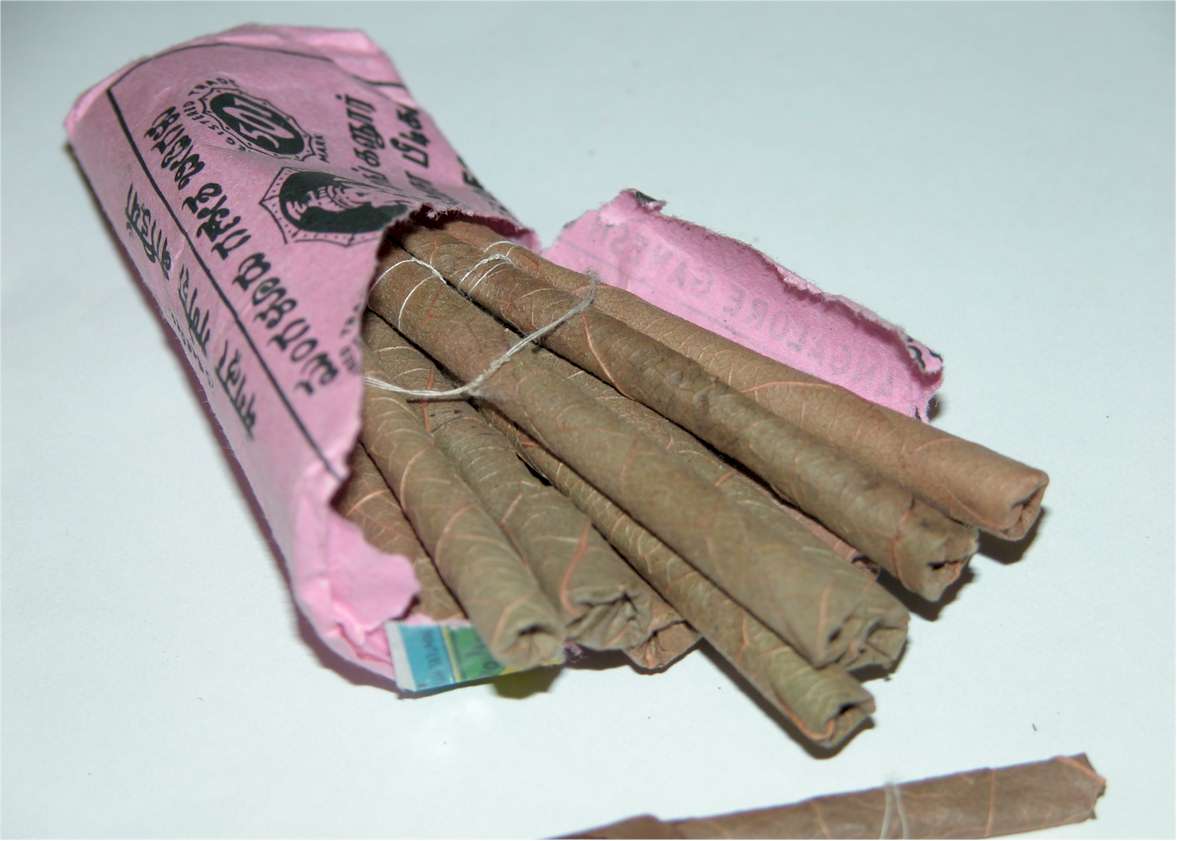Indian Tobacco Detail
The Indian tobacco is a hairy annual, with an erect branched stem from one to three feet high. The lower leaves are oval, from one to two and a half inches long with toothed margins and short stalks. The upper leaves have no stalks, and gradually diminish into leaf-like bracts. Its numerous pale blue flowers are small, two-lipped, and rather inconspicuous in the axils of the upper leaves. The seed-pods are inflated, nearly round, with ten prominent ribs, and contain numerous brown seeds, oblong and reticulated. The plant is in bloom from July to October.The whole plant contains an acrid milky juice, and has an unpleasant burning taste. It is used medicinally. The leaves contain the poisonous narcotic alkaloid lobeline. Lobeline, as well as other constituents found in lobelia, is open to further investigation, but its action is well known. Greenish remarks, "Lobeline has an action closely allied to that of nicotine; it first excites the nerve-cells and then paralyses them." Millspaugh says, "Thanks to much reckless prescribing by many so-called botanic physicians, and to murderous intent, as well as to experimentation and careful provings, the action of this drug is pretty thoroughly known. Lobelia in large doses is a decided narcotic poison, producing effects on animals generally, bearing great similitude to somewhat smaller doses of tobacco, and lobelina in like manner to nicotia."
The Indian tobacco is a hairy annual, with an erect branched stem from one to three feet high. The lower leaves are oval, from one to two and a half inches long with toothed margins and short stalks. The upper leaves have no stalks, and gradually diminish into leaf-like bracts. Its numerous pale blue flowers are small, two-lipped, and rather inconspicuous in the axils of the upper leaves. The seed-pods are inflated, nearly round, with ten prominent ribs, and contain numerous brown seeds, oblong and reticulated. The plant is in bloom from July to October.The whole plant contains an acrid milky juice, and has an unpleasant burning taste. It is used medicinally. The leaves contain the poisonous narcotic alkaloid lobeline. Lobeline, as well as other constituents found in lobelia, is open to further investigation, but its action is well known. Greenish remarks, "Lobeline has an action closely allied to that of nicotine; it first excites the nerve-cells and then paralyses them." Millspaugh says, "Thanks to much reckless prescribing by many so-called botanic physicians, and to murderous intent, as well as to experimentation and careful provings, the action of this drug is pretty thoroughly known. Lobelia in large doses is a decided narcotic poison, producing effects on animals generally, bearing great similitude to somewhat smaller doses of tobacco, and lobelina in like manner to nicotia."
Indian Tobacco
Indian Tobacco
Indian Tobacco
Indian Tobacco
Indian Tobacco
Indian Tobacco
Indian Tobacco
Indian Tobacco
Indian Tobacco
Indian Tobacco
Indian Tobacco
Indian Tobacco

No comments:
Post a Comment